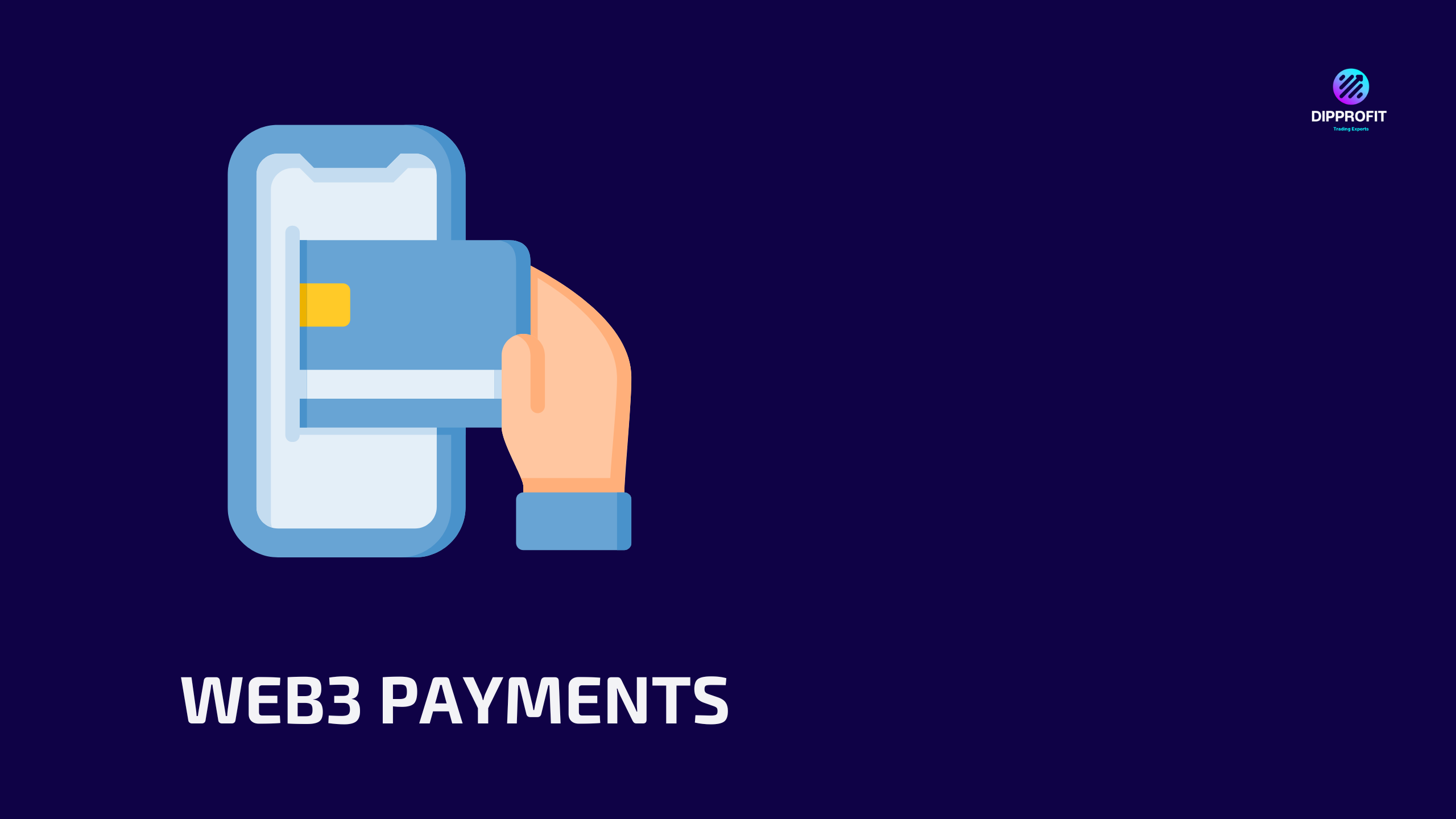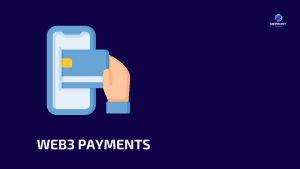

Web3 payments are the future of digital commerce, but what makes them so different from traditional payments?
In this blog post, we’ll take a look at Web3 payments and how they can help revolutionize the way we pay for things online.
We’ll learn about the benefits of Web3 payments and how they can be used to make transactions faster, more secure, and more efficient.
What is Web3 Payment Technology?
Web3 payment technology is a set of protocols and tools that enable secure and seamless payments on the blockchain – but it’s so much more than that!
With web3 payments, users can access and store funds on the blockchain quickly and easily, allowing them to make purchases and transfers with ease.
Additionally, web3 payments provide a secure layer of encryption that helps protect funds from potential hackers or fraudsters.
Whether you’re a small business or a large corporation, they can provide an efficient and secure way to process payments.
They allow for faster and more secure payments by using blockchain-based smart contracts and decentralized applications (dApps).
With web3 payments, you can be sure your funds are kept safe and secure.
They also make it simple to send and receive payments through a transparent and reliable decentralized network, allowing for easy and efficient transactions without the worry of fraud.
Plus, these payments are much faster than traditional methods, meaning that you can make and receive payments in no time.
Benefits of Web3 payments for Businesses
Web3 payments are far more secure than traditional payment methods, making them an ideal choice for businesses. They leverage blockchain technology to protect user data, ensuring that payments are sent and received securely and quickly.
Some of the benefits are:
- Faster Payment Processing: Web3 payments provide businesses with faster, more efficient payment processing compared to traditional payment systems. This can lead to improved customer experience and lower operational costs.
- Improved Security: Web3 payments are secured using cryptographic techniques, which make them virtually impossible to hack. This provides an added layer of security and assurance that payment information is not exposed to potentially malicious hackers.
- Lower Fees: With Web3 payments, businesses can enjoy lower transaction fees than traditional payment systems. This reduces the overall cost of doing business and allows for a more competitive pricing model for the products and services being offered.
- Streamlined User Experience: Web3 payments provide users with a streamlined payment experience that doesn’t require them to enter credit card or bank account details, or even create a separate account. All they need to do is scan a QR code and confirm their payment with a wallet or mobile app.
- Increased Transparency: In traditional payment processing, there are often long delays and difficulties involving tracking transactions and verifying the identity of the payer. With Web3 payments, the entire transaction process is visible on the blockchain, so businesses have more visibility into who they’re dealing with, where their funds are going, and when they can expect them to arrive.
- Broad Reach: Web3 payments offer businesses access to a global market of consumers that may have been previously inaccessible due to traditional payment limitations. By accepting digital currency as a form of payment, businesses can expand their customer base and revenue potential without having to set up complex international payment processing solutions.
Important Considerations When Using Web3 Payments

Security is crucial when it comes to web3 payments, and users should always ensure their wallets and transactions are secure.
After all, no one wants to fall victim to fraudulent activity when sending or receiving funds.
Fortunately, web3 payments are designed with robust security protocols to protect users from malicious hackers.
It’s also important that users take the time to understand and use these protocols, as they can make all the difference in ensuring a safe and secure web3 payment experience.
Besides being aware of the advantages that web3 payments offer, every user should also take into account potential fees or taxes associated with using these services. That way they can be sure to avoid any surprises when making their payments.
In all, these payment systems are a new and improved way of making online payments compared to traditional payment methods.
They specifically create more efficient and cost-effective payment systems that are reliable with greater privacy for users.
Every user on any platform also gets unrivaled access to a range of new features, such as smart contracts, which enable automated transactions between two parties in an entirely trustless way.
Tips for Making the Most of Web3 Payments in Your Business

Utilize the advantages such as low transaction fees, global reach, and speed. With these payments, you’re no longer constrained by geographical barriers, as transactions can take place across the world with ease.
Some tips are:
- Use payment solutions that offer complete security features to protect your customers’ data. These payments are digital, so your customers’ information will be at risk if you don’t use proper security measures. Look for a provider with secure encryption, two-factor authentication, and other robust security protocols.
- Offer customers multiple payment options, including traditional methods and digital wallets. That way, customers can choose a payment method that works best for them and you can expand your customer base.
- Make sure that you understand the fees associated before using them in your business. While Web3 transactions can have lower fees than traditional payments, it’s important to make sure that you understand all of the costs associated with each transaction before you commit to using the technology for payments in your business.
- Update your customers about changes to your payments. Customers need to be informed about updates to the technology, like changes in fees or security protocols, so they know that their data is still safe when using your payment services. Make sure that you keep them informed of any changes in a timely manner.
See also: The Best and Most Secure Web3 Wallets for Businesses in 2023
Common Challenges of Adopting Web3 Payments around the Globe

- Technical complexity: The underlying architecture of Web3 payments is complex, with a range of different protocols, formats, and programming languages. This complexity can make it difficult to implement and understand.
- Security risks: Cybersecurity is a major concern when it comes to payments, as the technology deals with shared ledgers and decentralized networks that can be vulnerable to attack.
- Scalability: Payments need to be able to scale in order to accommodate large numbers of users and transactions. This is a challenge due to the decentralized nature of the technology.
- Regulatory uncertainty: As these payments are a relatively new technology, there is still a lack of clarity regarding the regulatory approach that should be taken toward them. This could hinder adoption in some markets.
Wrapping up
Finally, it is clear see why web3 payments have become increasingly popular in recent years.
However, you the user, or a potential user must be aware of the security risks associated when making these payments as extra caution must be taken to ensure that your wallets and all other information related to their web3 payments are kept safe from hackers.

0 thoughts on “Web3 Payments: 6 Things You Need to know”